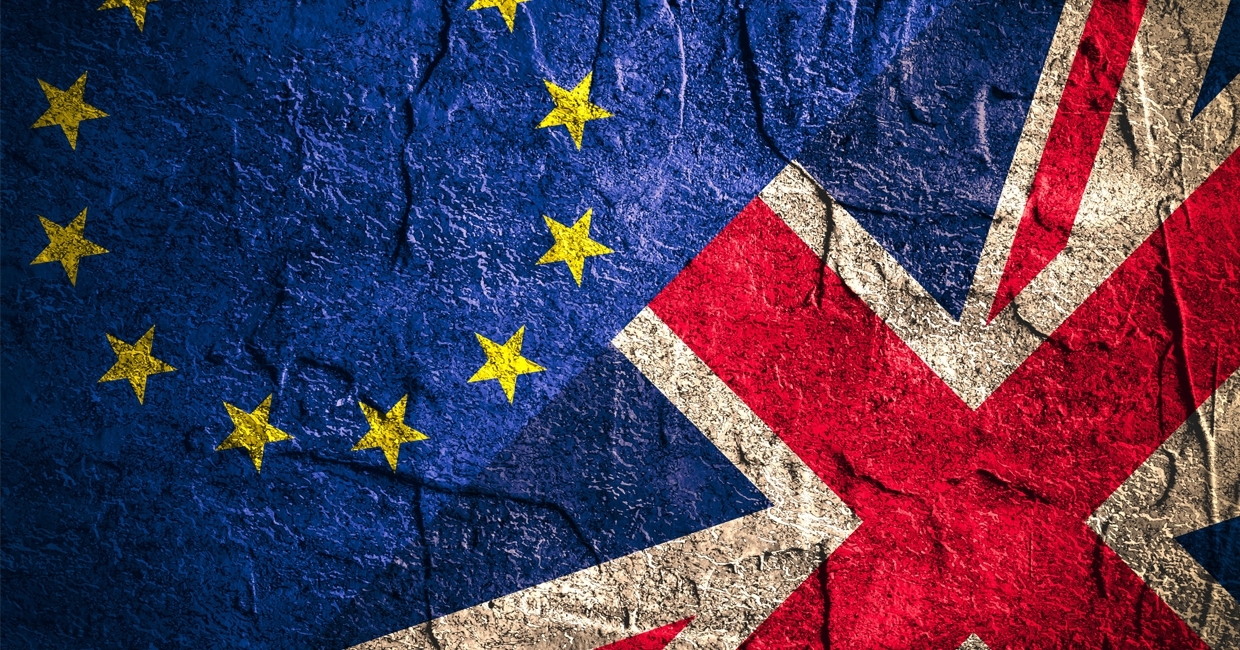What does Brexit mean practically for furniture businesses – particularly those sourcing products from within the EU? In this article, 528 Advisory’s Nigel Ransom explores the issue further …
There are two key areas of legislation which affect the relationship a business will have with its continental suppliers – the single market enables suppliers to send their goods from any EU country to another without tariffs or import duties, and the customs union sets the standard paperwork and agreements for the transportation of goods across the EU and beyond. It mandates that all countries set standard tariffs for goods coming in from non-EU countries.
The options available to those who buy supplies from within the EU, are either to do nothing – hiding under the duvet does seem attractive, but I don’t recommend it – or take two years to prepare. Although we don’t know what the new agreements will be in detail, we do know what the possible extreme outcomes are. From a practical point of view there are a few simple steps which, if taken now, will help mitigate the risk, whatever final agreement emerges from the negotiating team.
Looking at the single market and customs union alone and putting aside challenges such as standards and other regulation, there are three basic scenarios that should be considered in mapping the impact to continental suppliers of Brexit.
One is that we remain in the EU and there is no change – this seems unlikely at the moment.
Two is that we get no deal and revert to World Trade Organisation rules – this again seems unlikely, and although it would mean paying tariffs and charges on some goods, it also gives the UK access to non-EU markets, for those same goods and services – currently priced out of consideration by the EU’s import duties.
Three is the removal of access to low cost labour from Europe. The potential major reduction in the availability of low cost labour from Europe may cause price increases for some goods, either directly or in the supply chain.
So, what are the practical steps companies should do now?
Supplier segmentation
From your supplier list, starting with direct, but also including the critical indirect, identify and segment your suppliers.
Suppliers should be identified by:
• Being an EU company supplying goods or services from an EU country
• Being a company which is reliant on significant raw materials or components from the EU. Segmented by % of price of the goods supplied
• Being a company which is reliant on the availability of low cost labour from EU. Segmented by % of price of the goods supplied
• Identification of items sourced from outside of the EU but which transit via land through the EU, including goods transiting through Rotterdam
Given the complexity in modern supply chains, the list of suppliers each company produces is likely to be quite long. Each organisation’s knowledge of its suppliers will be fully tested and more likely involve liaising with suppliers to establish the latest cost assumptions and supply chain challenges.
Sequencing the list
The list needs to be sequenced by each company in order of importance. This is likely to identify the supplier with the biggest impact on costs escalation for the goods and services you sell onto your customers, either as finished goods or larger sub-assemblies and components.
Analysis of the list
Each supplier on the list needs to be looked at in turn. Dependent upon the challenges faced there are a number of strategies and remedies, which can be applied to reduce the impact of Brexit cost increases and, ideally, identify some of the cost saving opportunities.
Pricing the changes
For each supplier, each of the mitigation options should be priced, as an increase or decrease to the unit cost. The benchmark to measure each contingency against is to stay with the same supplier, transacting in the same way but applying WTO tariffs rather than single market trading.
Completing the first pass of this work will enable companies to identify the biggest cost increase, risk and opportunities available to them and focus scarce resources on managing them appropriately.
Once completed this analysis will give managers:
• An understanding of the impact of Brexit on your suppliers and inbound supply chain with expected costs, both increases and decreases
• An understanding of the options available to buyers and suppliers to offset some, or all, of the costs and impact of Brexit under the worst-case scenario
• Ability for buyers and suppliers to start contingency planning and mitigation actions
• A clear view of which suppliers are already mitigating the risks and costs of Brexit
• Identification of new suppliers from outside of the EU, which were previously not competitive
• Ability to work with new suppliers to take advantage of improved pricing once Brexit is completed
• A document that can focus and support involvement with trade bodies to resolve and minimise the negative impact of Brexit on your business and sector
• A working document that you can evolve and be updated as the negotiations proceed.
By taking action now, it is more likely you can mitigate the effects of Brexit, and perhaps even find ways to benefit from the changes ahead of us.
Nigel Ransom is from 528 Advisory, which works with CXOs and their direct reports to set the foundations, direction and governance for a successful acquisition and/or company transformation.











